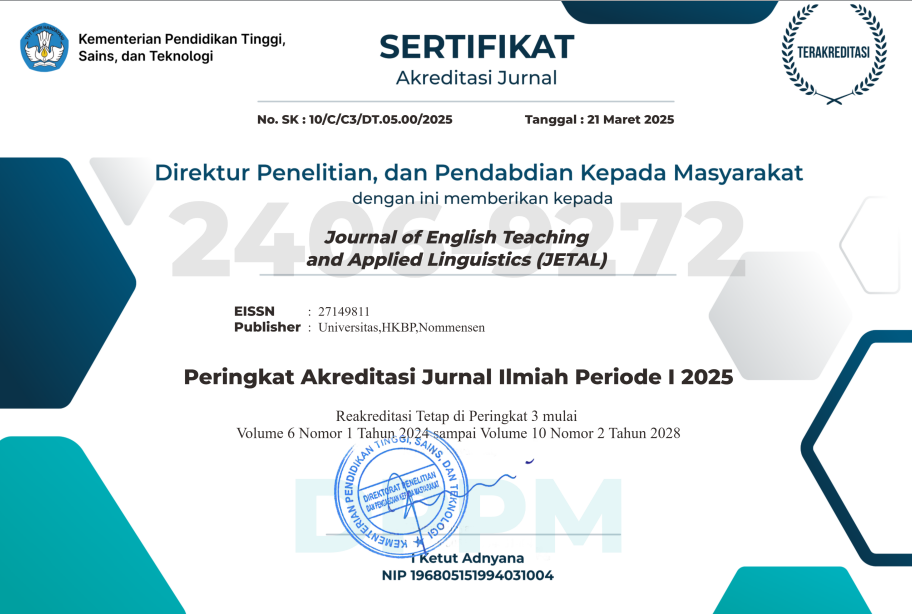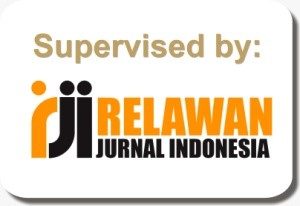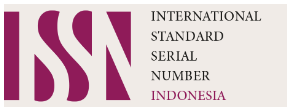An Analysis LexIcal Density of Reading text in SMA Imelda Medan
Abstract
The objectives of the study was to find out the lexical density for lexical items and the dominant kind of lexical items in reading text of the second grade of SMA IMELDA SWASTA MEDAN. This study was conducted by mixed method.This study was done by analysing ten ( 10 ) reading text from the “Bahasa Inggris “ textbook. The result of analysis showed that : (1) seven texts (7) were categories medium ≥50% lexical density. It meant that the text was easy to understand by students and three (3) texts were low ≤50 % lexical density that means the text was easiest to understand in teaching reading. And there was no high lexical density that found in text, it refers there is no text that include the difficult text for students (2) the dominant kinds of lexical items that found in every text was noun ( 48.0%). It meant noun was more use in every text because noun is easy to include new word. The writer concludes that the textbook are suitable for students. The writer was suggested that the teacher can choose the appropriate teaching reading strategy to improve students’ reading comprehension
Keywords: : Lexical Density, Lexical Items, Reading Text, Textbook
References
Authors retain copyright and grant the journal right of first publication with the work simultaneously licensed under a Creative Commons Attribution-ShareAlike 4.0 International License (CC BY-SA 4.0) that allows others to share the work with an acknowledgment of the work's authorship and initial publication in this journal.
Authors are able to enter into separate, additional contractual arrangements for the non-exclusive distribution of the journal's published version of the work (e.g., post it to an institutional repository or publish it in a book), with an acknowledgment of its initial publication in this journal.
Authors are permitted and encouraged to post their work online (e.g., in institutional repositories or on their website) prior to and during the submission process, as it can lead to productive exchanges, as well as earlier and greater citation of published work (See The Effect of Open Access).






